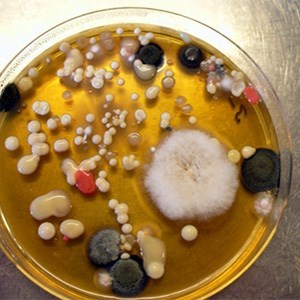Former co-workers
Henrik Lantz (postdoc, currently at Uppsala University, Institution for Medical Biochemistry and Microbiology)
Olga Vinnere Pettersson (postdoc, currently at Uppsala University, Uppsala Genome Center)
Publications
Båth K., Persson K.N., Schnürer, J., Leong S.L. (2012) Microbiota of an unpasteurized cellar-stored goat cheese from northern Sweden. Agr. Food Sci. 21:197-203.
Leong, S.L., Niba, A.T., Ny, S., Olstorpe, M. (2012) Microbial populations during maize storage in Cameroon. Afr. J. Biotechnol. 11:8692-8697.
Leong, S.L., Pettersson, O.V., Rice, T., Hocking, A., Schnürer, J. (2011) The extreme xerophilic mould Xeromyces bisporus — Growth and competition at various water activities. Int. J. Food Microbiol. 145, 57-63
Vinnere Pettersson, O, Leong, SL (2011) Fungal Xerophiles (Osmophiles). In: eLS (Encyclopaedia of Life Sciences). John Wiley & Sons, Ltd: Chichester. DOI: 10.1002/9780470015902.a0000376.pub2
Pettersson O.V., Leong S.L., Lantz, H., Rice T., Dijksterhuis J., Houbraken J., Samson R.A. and Schnürer, J. (2011) Phylogeny and intraspecific variation of the extreme xerophile Xeromyces bisporus. Fungal Biol. 115:1100-1111
